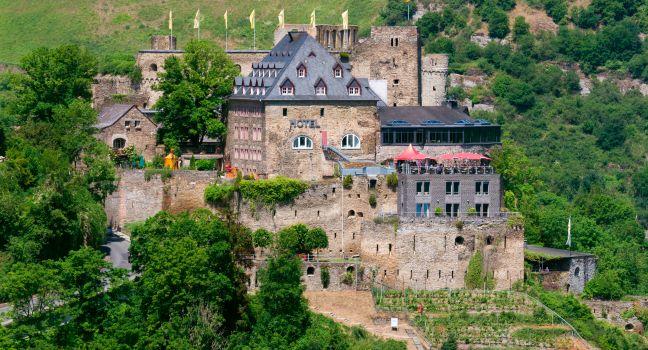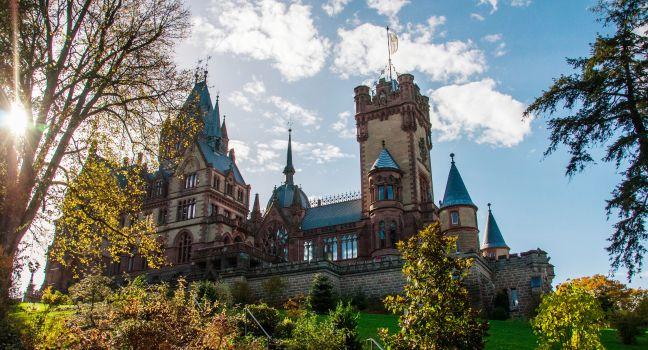Bischöfliche Weingüter
Drop down into a labyrinth of cellars beneath Trier's streets or visit the estate's elegant Vinothek (wine store) to sample fine Rieslings, which were built on almost two millennia of priestly tradition. Tastings are available which showcase six wines and one sparkling wine.






